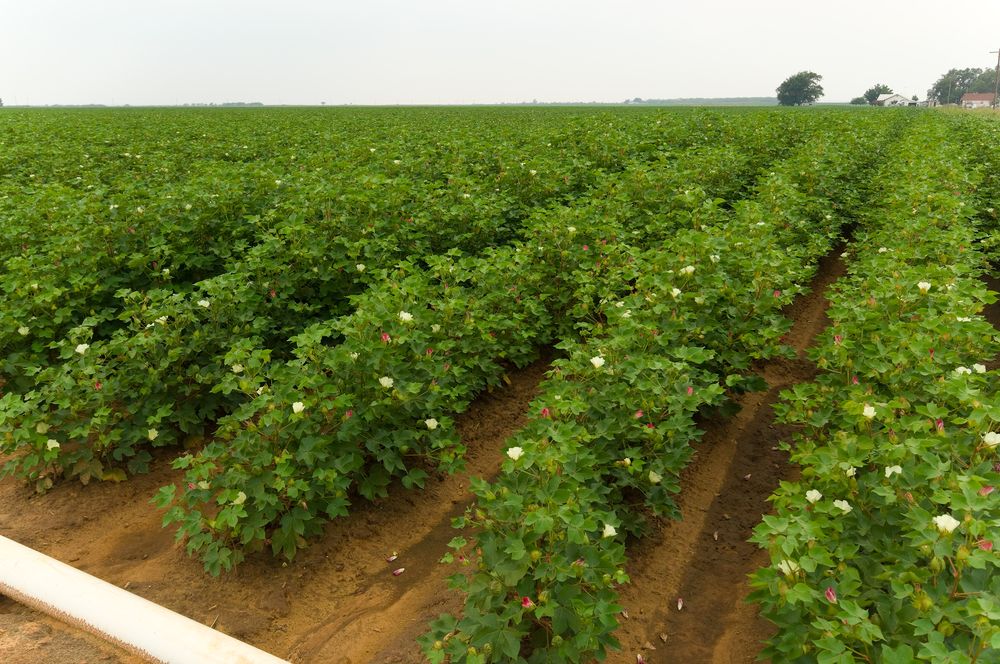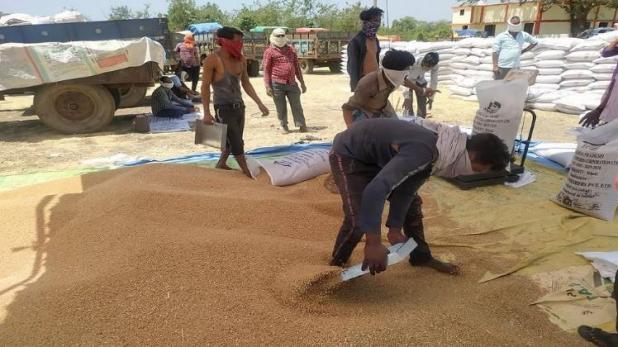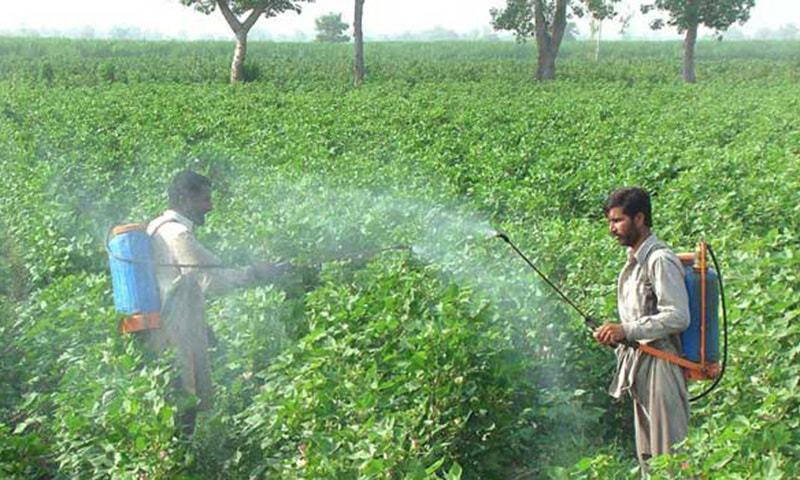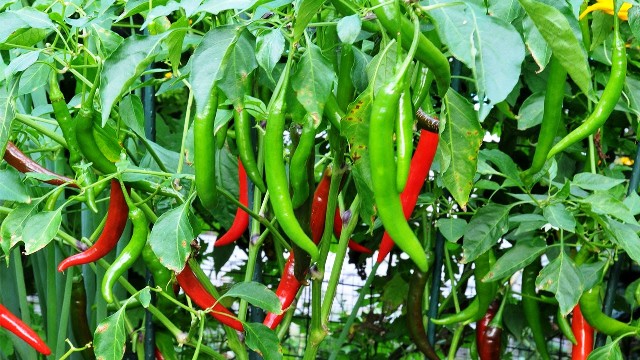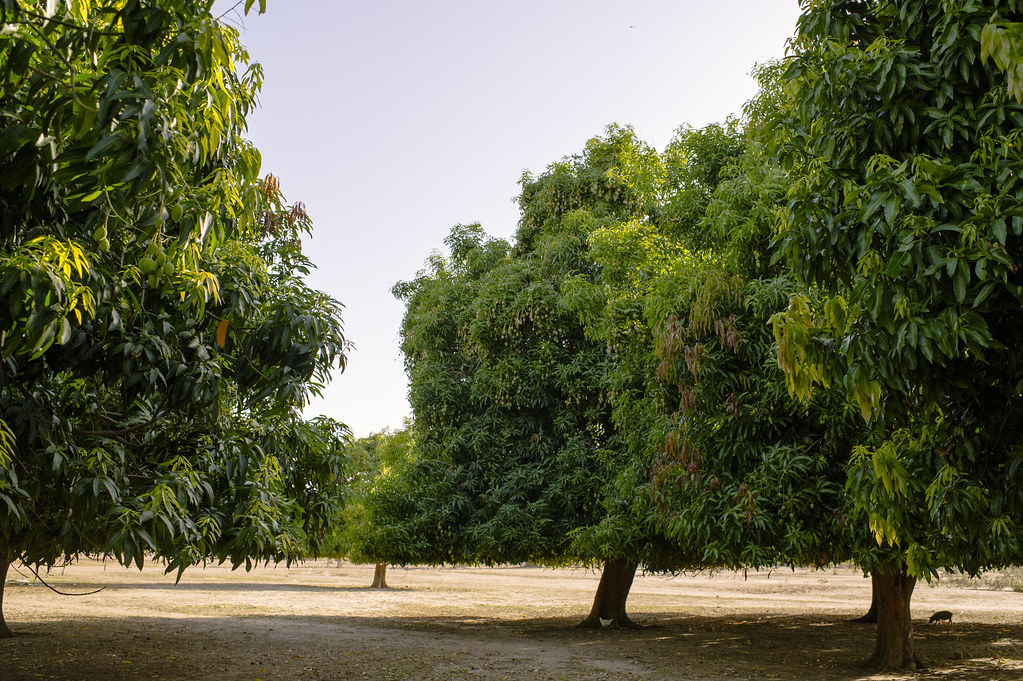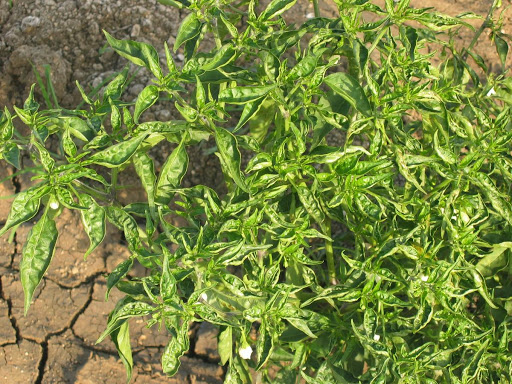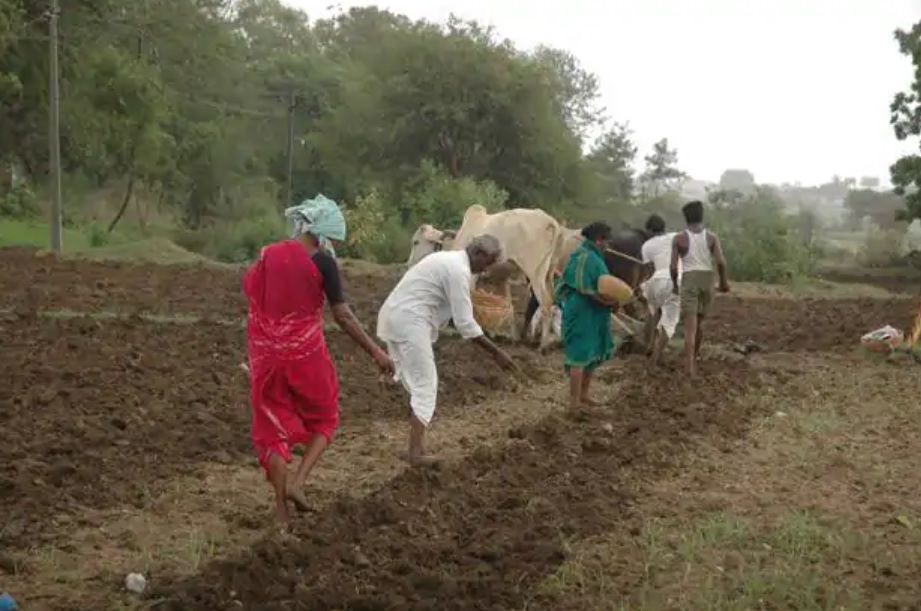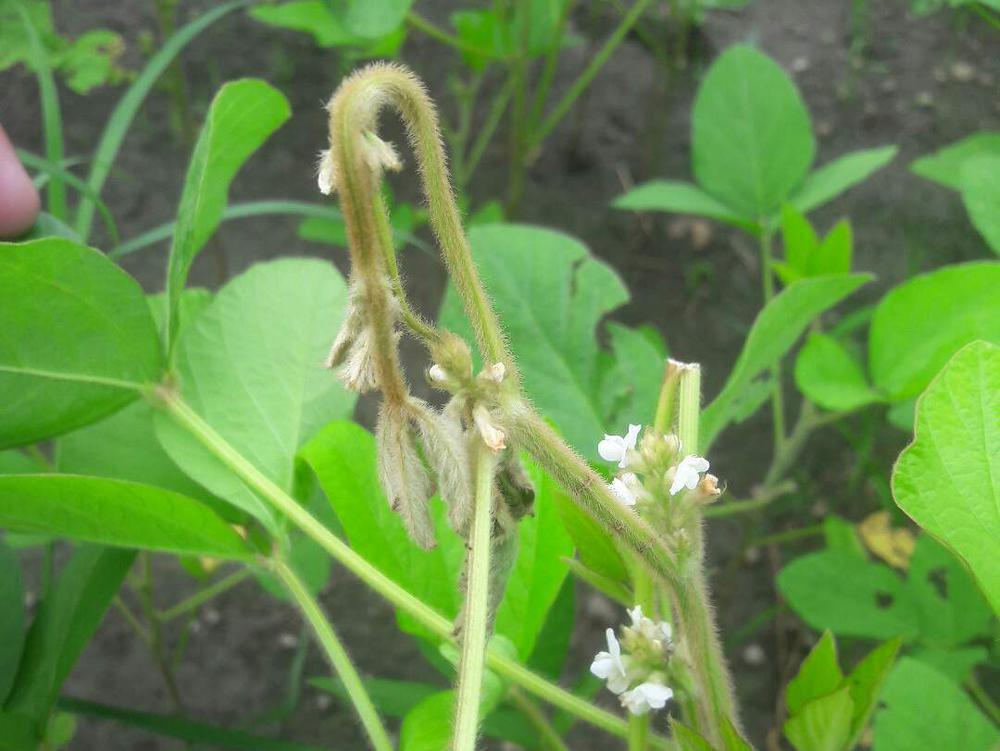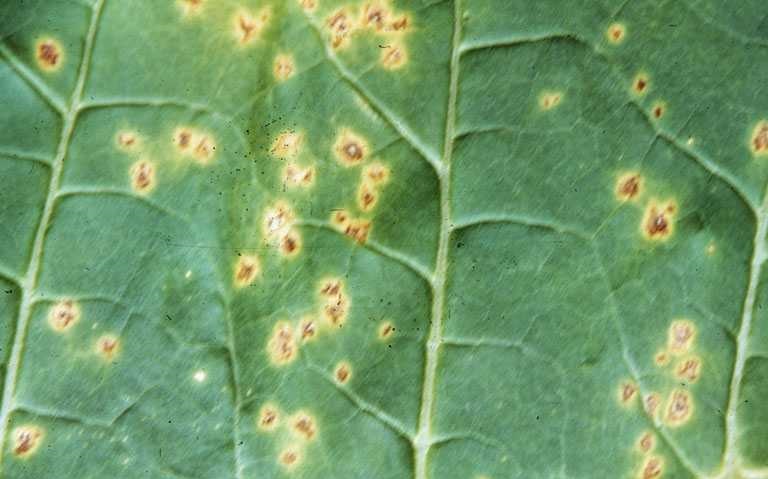The government is launching Phalodyan Yojana for small marginal farmers. If the farmers join this scheme, they will get a grant of about Rs 2.25 lakh from the government in three years. Under the scheme, the farmer has to plant 4 fruits in one acre. Farmers can also plant it on the ridges of their fields if they wish. The farmer will be provided with 4 hundred fruit plants for an area of 1 acre.
Under this scheme, in the initial year, the farmer will be given 316 days of wages under MGNREGA in lieu of planting and maintaining the garden. 35 thousand rupees grant will be given separately for the material coming under the supervision of the garden, continuously for three years.
Under this scheme, farmers can plant regional fruits including papaya, pomegranate, berries, munga, guava, orange, for which the particular weather of that place is favorable. Priority will be given in the scheme to such farming families, whose head is a woman or a disabled person. Apart from this, BPL card holders, Indira Awas Yojana beneficiaries, SC, ST, and small marginal farmers can be availed of the scheme.
Source: Bhaskar
Share

